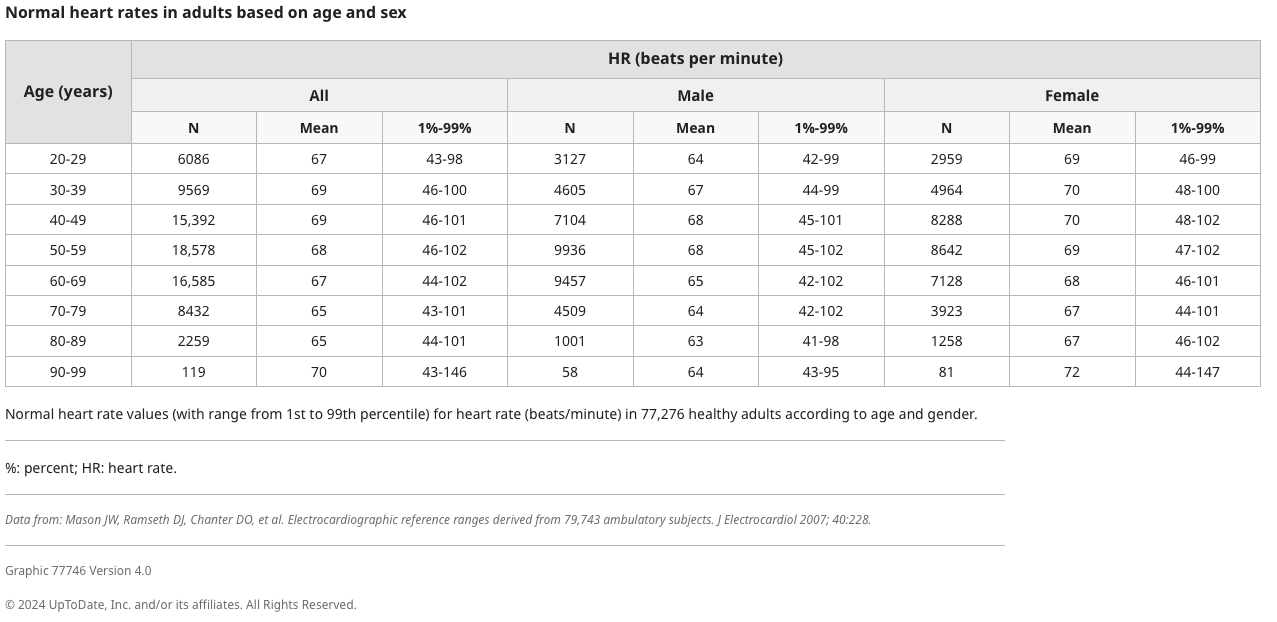Bradycardia Definition
Question# 801
In medical literature (AHA , National Institutes of health), bradycardia is most often defined as a rate < 60. In our ALS PCS under "Age and Vital Signs" it is defined as a rate of <50. Which rate should medics more closely follow for monitoring, triaging and documenting.
Answer:
As you’re aware, bradycardia is a rhythm in which the rate of impulses arising from the sinoatrial (SA) node is lower than expected. Normally, we expect adult heart rates 60-100 beats per minute, thus bradycardia is defined as a rate less than 60.
While the guidelines define bradycardia as <60 beats per minute, the ALS PCS takes a more pragmatic approach, as most patients with sinus rates in the 50s are asymptomatic. Patients with heart rates between 50-60 are unlikely to be subject to any treatments, and you likely won’t see significant symptoms until a HR of < 30. In fact, normal resting heart rates actually range between 40-100 (1st-99th percentile), so this in isolation, this is not an abnormal finding.

Keep in mind, this rate is impacted by many factors such as age, medications, physical fitness, etc. Bradycardia is a frequent and often normal finding in those at rest or sleeping, and athletes for example. It’s thus important to treat the patient in front of us, not the absolute number that we see, and assess for symptoms of bradycardia (e.g. light-headedness, pre-syncope, syncope, hypotension, decreased LOA, fatigue, ECG changes, etc.). Slow is slow and treatment is the same regardless. Importantly, just because someone has a HR of 40 but they are beta blocked and elderly, doesn’t mean pacing is the first-line treatment.
For asymptomatic patients, treatment is neither indicated nor required though a 12-lead ECG should be obtained. If patients are symptomatic and bradycardic, proceed down that pathway; if asymptomatic and hemodynamically stable, continue monitoring for changes.
As a refresher, we encourage you to view the Fall CME 2023 module about bradycardia, accessible via MedicLEARN.
